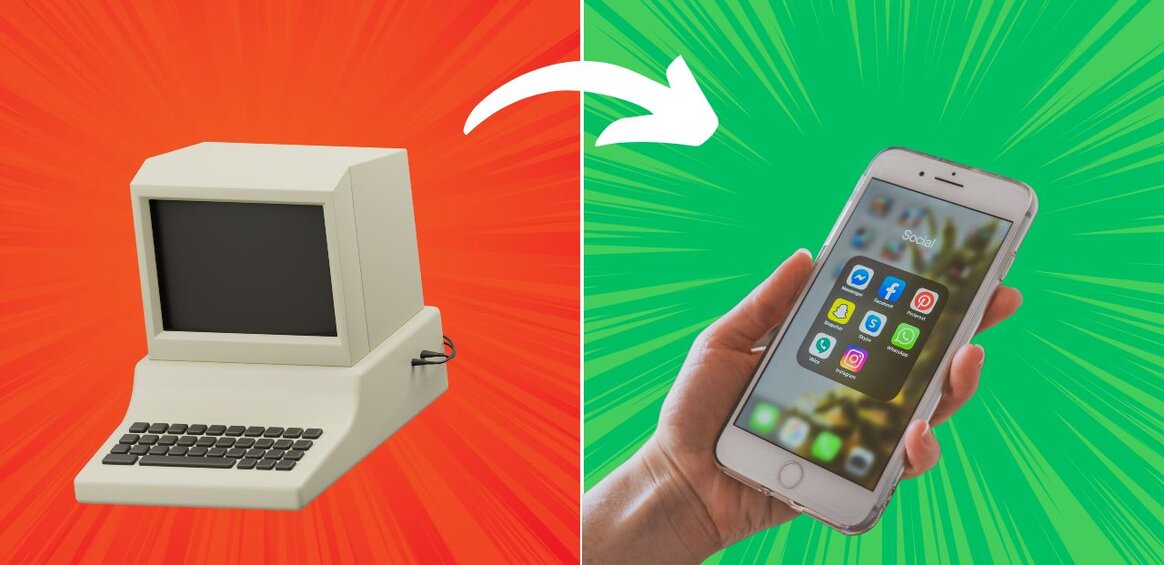

 Favorite (8)
Favorite (8)
Microtechnology encompasses a vast realm of technical processes geared towards the development, creation, manufacturing, and utilization of components, systems, or devices characterized by small dimensions and/or high precision. Typically spanning from a micrometer (1 micrometer equals 10-6 meters) to a millimeter, microtechnology delves into the intricate realm between nanotechnology and mechanics.

In today's dynamic landscape, microtechnology serves as an enabler for companies striving to enhance efficiency while curbing costs through the creation of compact, precise, and intelligent solutions. This multifaceted domain amalgamates various technological elements, including mechanical, electronic, optical, and IT components, to craft sophisticated microtechnical systems. Within the realm of microtechnology, several key sub-areas emerge, with notable overlaps, notably microelectronics, microsystems technology, and micro-process engineering.

The journey of microtechnology traces back centuries, with pivotal advancements shaping its trajectory. In the 17th century, Antonie van Leeuwenhoek's groundbreaking invention of the microscope marked the dawn of exploring microorganisms, blood cells, and other microscopic structures, laying the foundation for future developments.
Fast forward to the 19th century, where pivotal discoveries in electromagnetics paved the way for electrode development and the emergence of fundamental laws crucial for microwaves and high-frequency technology.
Amid the turbulence of the Second World War, Konrad Zuse revolutionized computing with the creation of the Zuse Z3 - the world's first functioning program-controlled binary calculating machine. Comprising numerous relays, this pioneering invention heralded the era of automated algorithm execution within memory constraints, marking a monumental leap forward in computational history.
The year 1947 marked a pivotal moment with the invention of the first transistor at Bell Laboratories, heralding the advent of microelectronics and supplanting vacuum tubes in electronic devices. A decade later, in 1959, the groundbreaking emergence of the integrated circuit (IC) by Jack Kilby of Texas Instruments revolutionized technology by consolidating transistors, resistors, and capacitors into a semiconductor-based circuit - birthing the world's first microchip and igniting the "digital revolution."
However, Kilby's innovative strides faced initial skepticism from management, necessitating the development of practical applications. This led to the creation of the "Cal Tech" in 1966 - the first battery-powered calculator, a bulky yet pioneering device that showcased the potential of microchip-driven advancements. Despite its rudimentary arithmetic capabilities, the "Cal Tech" laid the groundwork for the transformative impact of microchips on computing.
In parallel, physicist Robert Noyce's silicon-based microchip, introduced in 1959 at Fairchild, further propelled microtechnology's evolution. The 1960s witnessed Theodore Main's development of the laser, a crucial tool underpinning numerous micro-optical applications.
Gordon Moore's seminal prediction in 1965, encapsulated in Moore's Law, forecasted the exponential growth of transistor density on integrated circuits, catalyzing the semiconductor industry's trajectory. Intel's commercialization of the microprocessor in the early 1970s marked a watershed moment, facilitating the integration of countless transistors onto a single chip and fueling the information revolution.
Subsequent decades witnessed groundbreaking advancements, including the advent of scanning tunneling microscopes and atomic force microscopes, enabling atomic-level surface analysis. The commercialization of MEMS (Microelectromechanical Systems) gyroscope in 1995 paved the path for their integration across diverse sectors. The 2000s witnessed the rise of lab-on-a-chip technology, heralding a new era of miniaturized diagnostic and analytical capabilities. Moreover, the development of silicon nanowire transistors and 3D printing further expanded the horizons of microtechnology, promising novel applications in nanoelectronics and precision manufacturing.
Microtechnology is the umbrella term for wide-ranging fields of technology that extend across several areas of expertise and industrial sectors. The largest economic application area of microtechnology is microelectronics. Among other things, it deals with the development and production of integrated circuits (ICs) based on semiconductors (main material silicon), which made modern computer technology possible in the first place. Microsystems technology, on the other hand, deals with the miniaturization of known mechanical systems and the integration of mechanical, optical or (bio-)chemical components. In this way, significantly improved or previously unrealizable products can be manufactured today.
In our everyday lives, we deal with many products that contain microtechnology, for example:
Nowadays, it is impossible to imagine life without microtechnology, as it has taken on a key role in our everyday lives, be it mobile phones, TVs, laptops or household appliances, the car, and much more. In our microtech guide, we therefore want to regularly discuss the various areas of microtechnology and show what they are, how they have developed and in what direction they will develop in the future.